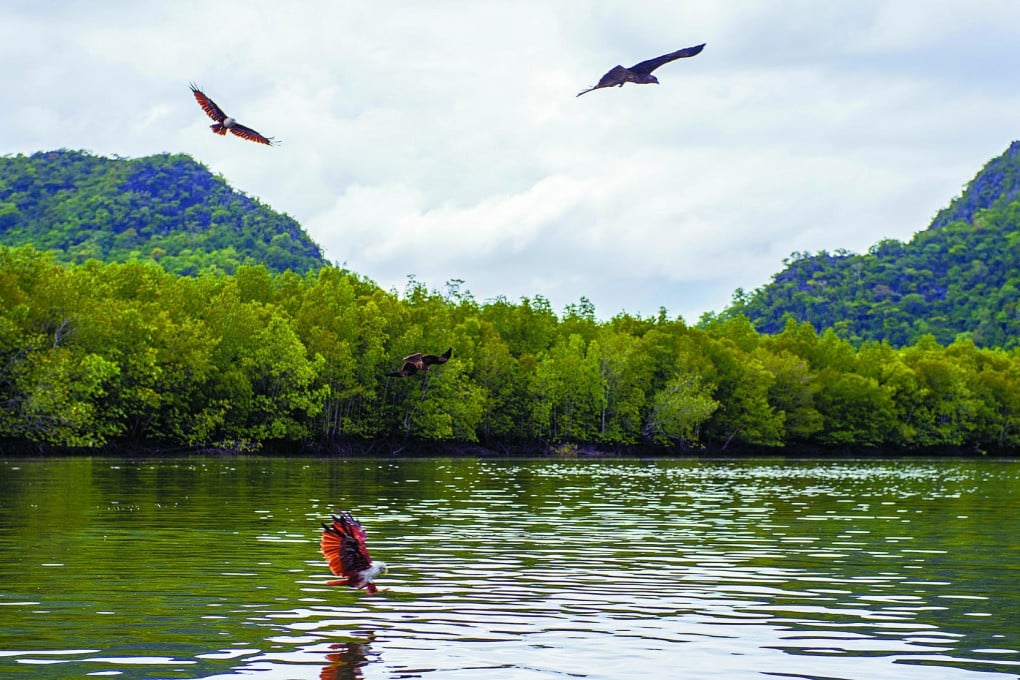Trouble in paradise: Langkawi struggles to hold onto Unesco geopark status
Having won Unesco geopark status, Langkawi is struggling to hold on to it, as the negative effects of tourism take their toll on the Malaysian archipelago's beauty. Words and pictures by Leisa Tyler

It's a little after 10am when Eric Sinnaya and I set off on Langkawi's Kilim River. The water, made deep green and glassy by the sun, gently ripples as the blue and white wooden dinghy slices through it. Mangrove trees, their blackened roots like the frames of old-fashioned hoop skirts, crowd the riverbank. Beyond, clusters of limestone outcrops gather along the horizon, their sheer sides sprouting rare white orchids and Cycas clivicola trees, which nestle into cracks in the rocks and feed off rain residue.
Pulling over to the side of the river, Sinnaya, chairman of the Malaysian Nature Society, explains how the mangroves work as a team to filter salt from the water. A breeding ground for fish, mangrove forests "regenerate the sea", he says. The riverbank, exposed with the lowered tide, is covered with mudskippers, amphibious fish that live at the interface between land and water. Together with male fiddler crabs - small, brightly coloured crustaceans with one claw vastly bigger than their body - they are busy scuttling around freshly sewn mangrove spears that have recently been dropped by the overhanging trees.
Sinnaya has brought me into the Kilim Karst Geoforest Park to explain its importance to Langkawi, a main island clustered with 103 others off the far northwestern tip of Malaysia. Once a hideaway for pirates rampaging in the Andaman Sea, these days Langkawi - or to give it its official name, Langkawi the Jewel of Kedah - is better known for its tourists, who come to linger on its fresh white beaches, indulge in its duty-free booze and explore its exquisite nature.
And therein lies a problem.

a billion years ago, well before the peaks of Mount Everest rose to their current stature, Langkawi has a unique ecology, typical of islands separated from mainlands by substantial bodies of water. Gunung Machinchang, one of the peaks on Langkawi Island, was the first part of Southeast Asia to rise from the seabed during the Cambrian period. The dense rainforest that clings to the sides of the mountain has been growing and evolving for millions of years.
It's a distinction that in 2007 earned Langkawi a Unesco geopark listing, the first in Southeast Asia and a title highlighting the island's important geology and contributions to our knowledge of the Earth. The listing encompasses the whole of Langkawi while identifying three primary hot spots: the Machinchang Cambrian, Kilim Karst and Dayang Bunting Marble geoforest parks. Like most Unesco recognitions - "world heritage", "geopark" or other - the listing has helped position its holder as a premium tourist destination, with arrival numbers escalating over recent years and injecting much needed revenue into the Langkawi community. Interest has been so great, in fact, that tourism authorities have renamed their promotion campaign "Naturally Langkawi".